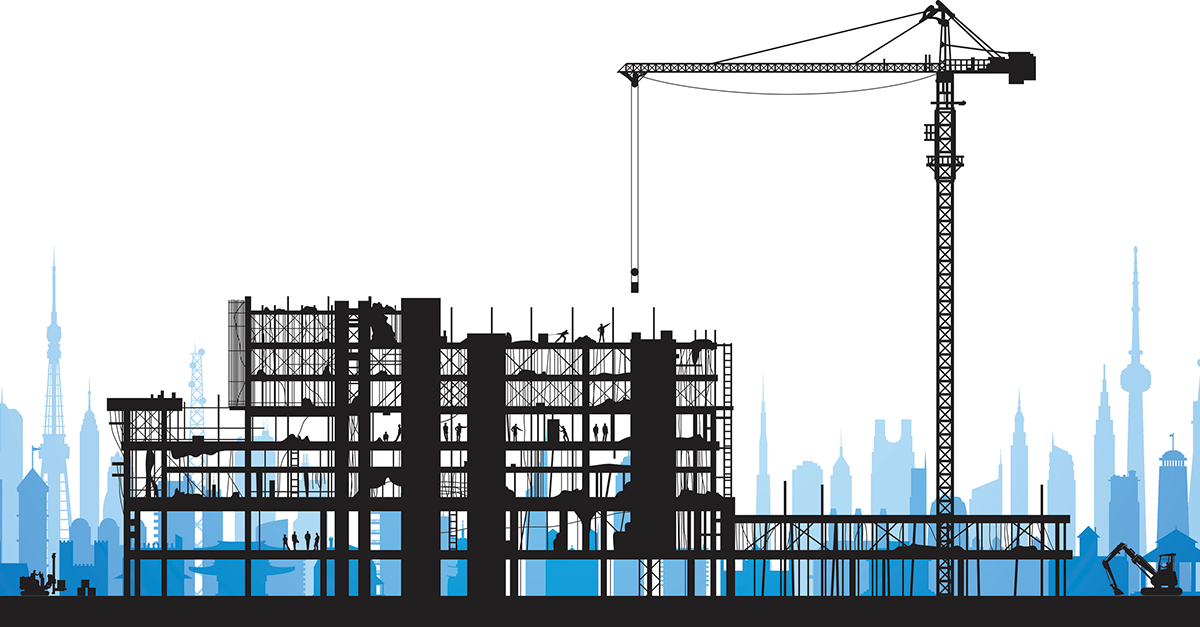
Secondary Markets More Attractive to Commercial Investment
With the economy continuing to flourish, investment in commercial real estate has also spiked as investors look to find the best places in the U.S. to get a solid, risk-adjusted return for their dollars.
However, those same investors have tended to shirk traditional top-tier markets in favor of assets in faster-growing secondary markets.
These secondary markets, which have always played the role of little brother to cities like New York, Los Angeles, Boston, Chicago, San Francisco and Washington, D.C., are now more attractive because of a healthy combination of population growth, an influx of new jobs and domestic migration.
According to data from Trepp, a technology solutions company for the global securities and investment management industries, the three most-burgeoning markets in the U.S. for commercial real estate development are Austin/Round Rock, Texas, Orlando/Kissimmee/Sanford, Florida and Nashville/Davidson/Murfreesboro/Franklin, Tennessee.
These secondary markets are appealing to investors for a number of reasons. Local economies thrive and as such, there aren’t many loans that go into delinquency.
Additionally, tech companies look to set up shop in cities that are either considered college towns, like Austin, or have a vibrant collection of colleges, like Orlando and Nashville, which offers a population of potential talent looking for work upon graduation.
The long-term value of assets in these secondary markets tends to be more stable compared to major metropolitan areas. Investors see this as a greater possibility for income growth. Additionally, many of these markets were ahead of the curve with urbanizing their suburban neighborhoods by reducing sprawl, adding amenities and creating walkable communities.
E-commerce has also had an impact on these secondary markets because as e-commerce grows, the demand for more industrial real estate has grown. While most major markets don’t have the room to add new industry, secondary markets with access to more rural areas of the country are able to meet that demand better than a top-10 population market.
But then, what happens when the economy eventually has a downturn?
While there doesn’t seem to be a downturn in sight, the history of the U.S. economy suggests one will happen at some point.
The great unknown then is will these secondary markets have the sustainability to endure an economic recession, or if, when the recession hits, if investors will suddenly stop looking for investment opportunities in these markets, choosing instead to return to the major cities because there is greater security in larger, more liquid markets.
While there hasn’t been a compression of yields as investors have made this switch from major metropolitan markets to secondary or even tertiary markets, there is a question of durability to withstand a recession.
Investors are likely to remain active over the next couple years, but they will likely be a bit more conservative with their acquisitions because of concern of the eventual economic downturn.
Still, the secondary markets are where it’s at for investors today. Other markets like Denver, Phoenix, Minneapolis/St. Paul, Las Vegas, Tampa, San Diego and Portland are also seeing the influx of commercial investment that used to be reserved for the biggest markets in the country.
That’s because secondary markets continue to offer investors the economic fundamentals that will support rent growth.
For example, in Portland, several new office towers have opened downtown recently –and more are on the way.
The reason? Companies that focus on technology, advertising, media and information. These creative sectors seek out buildings that have state-of-the-art amenities to attract and retain talent. These amenities include things like fitness rooms, on-site yoga and spin classes, outdoor decks and terraces, locker rooms and bike storage areas.
Combine these with easier access to public transportation and more affordable housing options, and not only will companies be able to retain talent, but residents will stay put or new job seekers will look to relocate to these markets.
All told, they will be a safe haven for commercial investors, business owners, employees and residents alike as we make our way toward the third decade of the 21st century.
Time to Focus on Affordable Housing
Taxes on real estate are not the answer. Sign the petition calling on Congress to address our country’s housing shortage.





